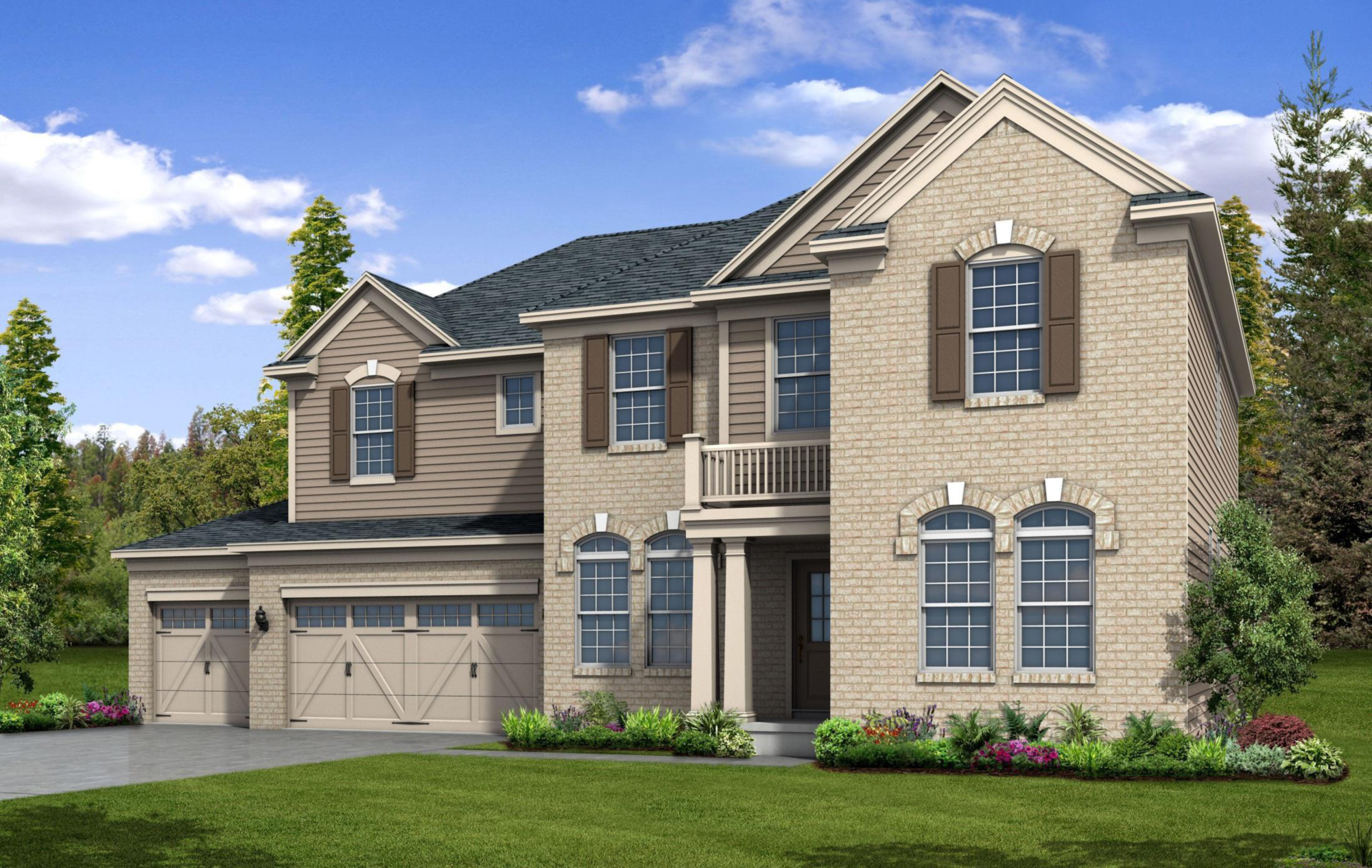
By Adam Aasen
The Carmel City Council approved the proposed Bear Creek subdivision on June 2, only after the developer agreed to scrap plans for a mulch walking path in the neighborhood.
There were no public objections to the Pulte Homes project, which would feature 93 homes on about 72 acres of land southeast of the intersection of 146th Street and Little Eagle Creek Avenue.
But during the council’s land use committee meeting, councilors Carol Schleif and Ron Carter had strong objections to a mulch path that would meander through future residents’ yards. The path was not required by the city, but the councilors thought the path was a poor choice that discouraged cycling and could be unattractive.
“Mulch path is not a multi-use path,” Carter said. “It’s not sustainable, and we shouldn’t be encouraging it or allowing it to happen.”
During the committee meeting, Councilor Kevin “Woody” Rider was one of the biggest defenders of Pulte, contending that it’s inappropriate to start mandating changes to businesses if it is not part of the city guidelines.
The subdivision received a positive recommendation out of the committee, but when Councilor Rick Sharp made a motion to approve the zoning ordinance, Rider wasn’t present and there wasn’t a second to the motion. As a result of parliamentary rules, this would have killed the bill and forced it to start all over again from the beginning. Carter said he didn’t think that was appropriate and suggested making some minor changes so it could be passed.
All of the councilors agreed that they didn’t like the mulch path, but they differed on the idea of the government’s role in mandating the change.
“You could get down to how many nails you put into siding,” Council President Eric Seidensticker said. “This is internal. I recognize the concerns about things growing through the mulch, but it is internal.”
Sharp he didn’t feel comfortable intruding on features that are a part of a development’s marketing plan.
“These paths have nothing to do with Carmel’s alternative transportation network. They serve solely to be low-volume strolling paths within the neighborhood and I think the market would have decided if it was a good idea,” he said.
Carter disagreed, saying standards must be kept.
“We used to have a philosophy that, ‘You do the way Carmel does it or you take your development someplace else.’ And some of my fellow councilors have deviated so far away from that,” he said.
Pulte eventually agreed to just get rid of the path since it wasn’t integral to their plan. They added if they were to build one later, they would make it asphalt, just as the council preferred. The subdivision was then unanimously approved.
The lawyer for the developer said the goal is to begin construction this summer. The homes, which would occupy an average lot of about 0.77 acres, are slated to sell in the range of $375,000 to $550,000.


